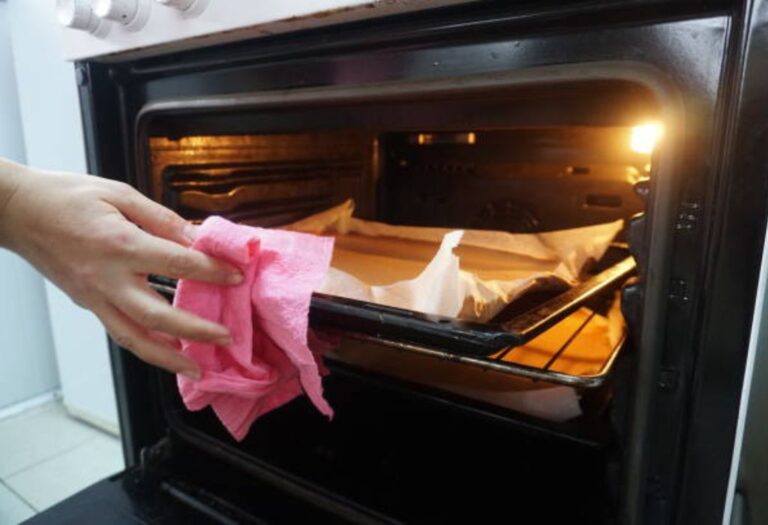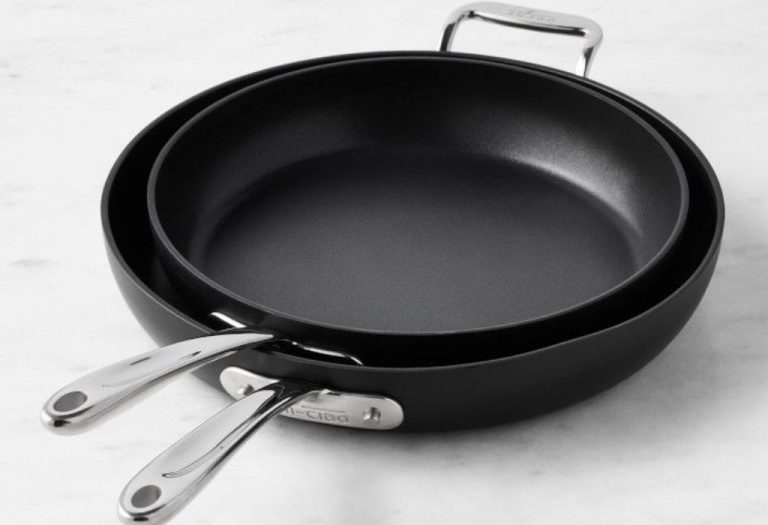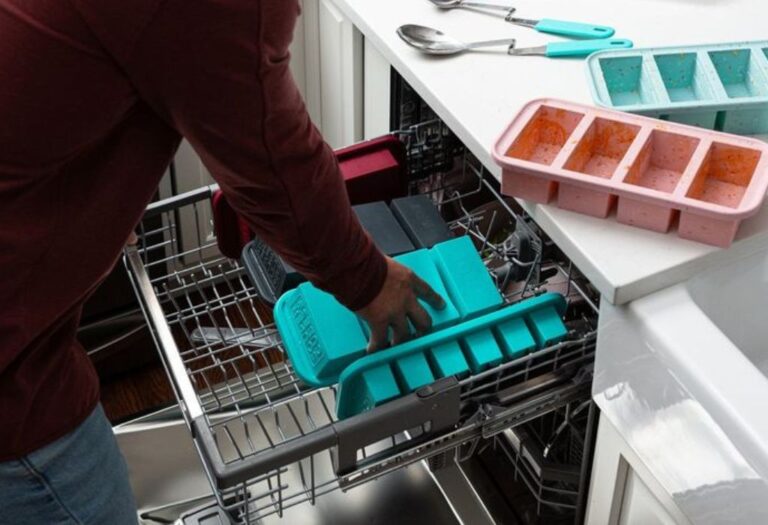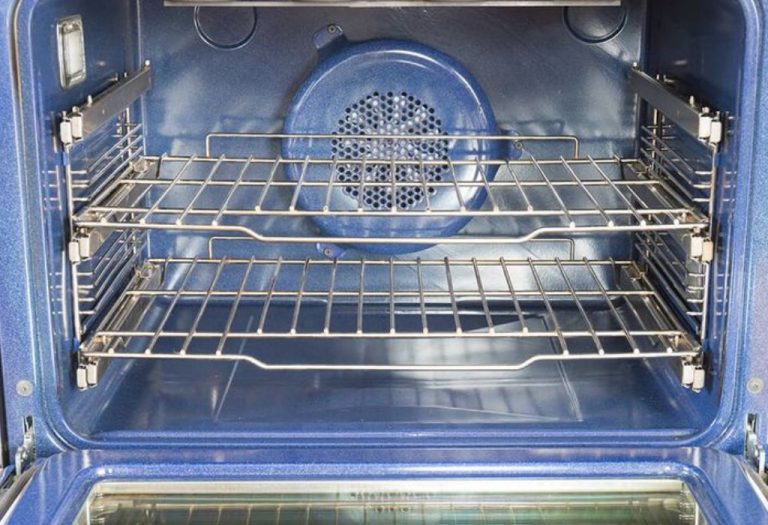A glossy ceramic pan slides an omelet effortlessly onto a plate, sparking the promise of healthier, cleaner cooking. For many households, ceramic cookware carries an aura of safety and sophistication that stainless steel or cast iron cannot replicate.
Yet a growing number of consumers now question whether this trust is misplaced. The phrase is all ceramic cookware non toxic has become a point of debate, with some experts warning that marketing may be outpacing science. Curiosity grows stronger as conflicting claims circulate across product labels and online reviews.
The core problem lies in how “ceramic” is defined. Some pans are crafted from pure ceramic, while many others rely on thin ceramic coatings applied to aluminum or steel. These coatings often highlight terms like PFAS-free or PFOA-free, but critics argue that absence of one chemical does not guarantee overall safety.
Statistics confirm why concern is rising. Independent testing reported by The Guardian uncovered traces of lead, titanium dioxide, and siloxanes in certain quasi-ceramic pans, sparking calls for clearer regulation (source). In contrast, a recent Food & Wine review of 21 cookware sets concluded that ceramic coatings offered a non-toxic alternative to PTFE, highlighting both sides of the debate (source).
This mix of reassurance and alarm leaves buyers stuck between confidence and doubt. The benefit of clarity is obvious: understanding what ceramic cookware truly offers can protect health, extend kitchen investments, and prevent falling for greenwashing tactics.
What Exactly Counts as “Ceramic” Cookware? Definition & Distinctions
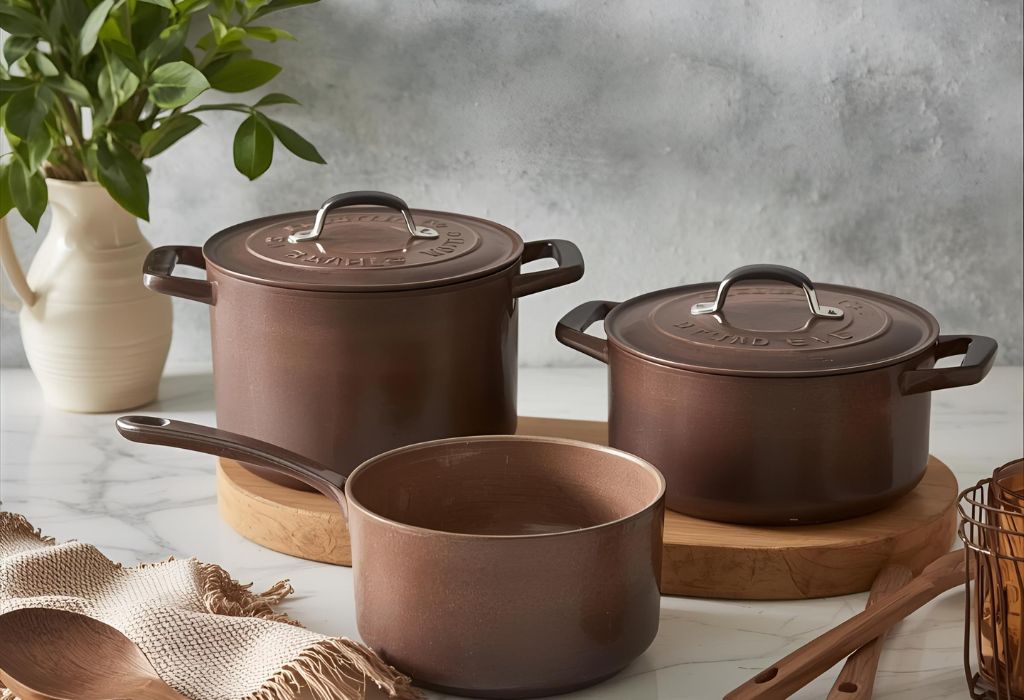
The term “ceramic cookware” is often used as a blanket description, but in reality, it covers very different types of products. Some are made entirely of ceramic materials, while many others are metal pans coated with a thin ceramic-based layer.
Pure ceramic cookware is created from natural clay and hardened at extremely high temperatures. These pieces are typically heavier, chip-resistant, and free from hidden metals, making them appealing to those seeking a traditional, toxin-free option.
In contrast, ceramic-coated cookware dominates the modern market. These pans usually feature an aluminum or stainless steel base covered with a silica-infused non-stick surface that brands market as non-toxic and free from PTFE and PFOA.
The problem arises because there is no universal legal definition of “ceramic cookware.” This gap allows brands to use the term loosely, leading to widespread confusion and inconsistent safety claims.
Quasi-ceramic products, often promoted as eco-friendly, add another layer of complexity. Independent reports have revealed that some of these coatings may contain titanium dioxide, siloxanes, or trace heavy metals such as lead and mercury (source).
This distinction matters because buyers often assume all ceramic cookware offers the same level of safety. In reality, pure ceramic and coated ceramic perform differently in terms of durability, heat tolerance, and potential health risks.
A recent review highlighted how ceramic-coated pans can outperform traditional Teflon in heat resistance, handling up to 370 °C compared to PTFE’s 260 °C limit (source). While this makes them attractive for cooking at higher temperatures, coatings may still degrade faster than pure ceramic alternatives.
Clarity in these distinctions is crucial for understanding whether all ceramic cookware deserves its non-toxic reputation. Without it, consumers remain vulnerable to marketing claims that blur the line between safe innovation and misleading greenwashing.
Are All Ceramic Cookware Truly Non-Toxic—or a Marketing Myth?
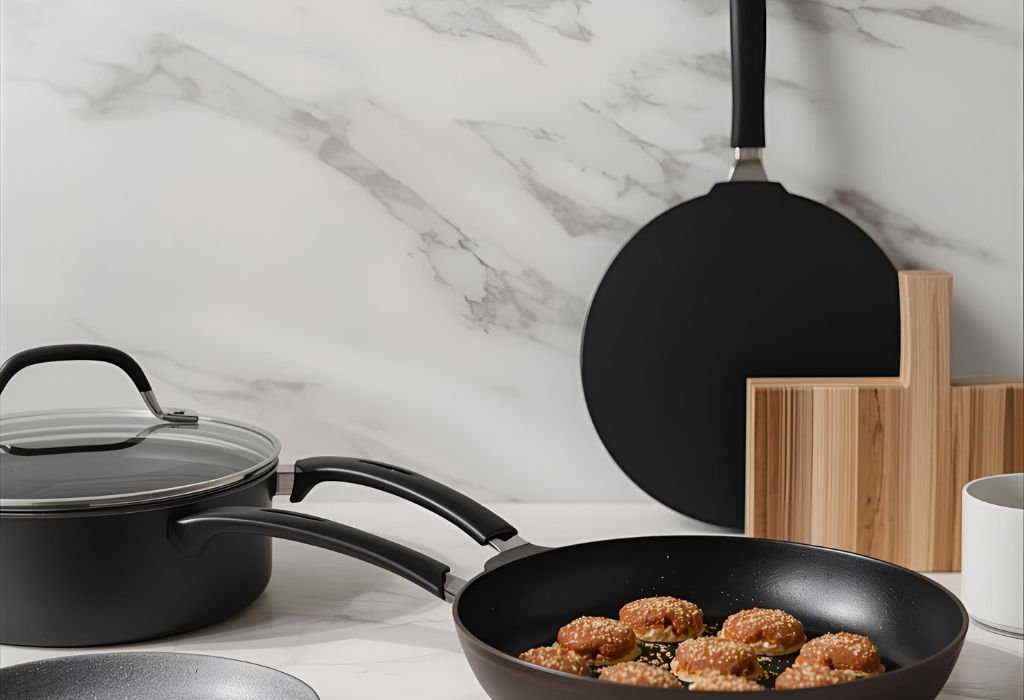
The promise of non-toxic cooking has turned ceramic cookware into one of the fastest-growing categories in the kitchen market. Shoppers are drawn to bold labels claiming “100% safe,” “eco-friendly,” or “chemical-free,” yet not all of these assurances are supported by science.
Ceramic coatings are often marketed as healthier alternatives to traditional non-stick surfaces like Teflon. They are indeed free from PFAS, PFOA, and PTFE, which are sometimes called “forever chemicals” due to their persistence in the environment and potential health effects.
However, being free from one group of chemicals does not automatically mean cookware is entirely safe. Independent testing has uncovered traces of titanium dioxide nanoparticles, siloxanes, and even heavy metals in certain quasi-ceramic pans, raising serious questions about blanket non-toxic claims (source).
The risks become more visible when cookware is overheated or scratched. At very high temperatures, coatings may release particles or degrade, while chipped layers can expose the underlying metal base, undermining the “safe and clean” image promoted by many brands.
Statistics also reveal inconsistencies between marketing and performance. A Food & Wine review of 21 popular ceramic cookware sets praised their non-stick ability and PFAS-free construction but noted that durability varied significantly between products (source).
Greenwashing plays a major role in shaping consumer perception. With no regulatory definition of what qualifies as “ceramic” or “non-toxic,” brands can position their cookware as safer without providing transparent testing data.
This lack of consistency means that the question is all ceramic cookware non toxic does not have a simple yes or no answer. Some products live up to the promise of non-toxicity, while others rely on marketing language that hides more than it reveals.
Pros & Cons of Ceramic Cookware from Safety and Performance Standpoints
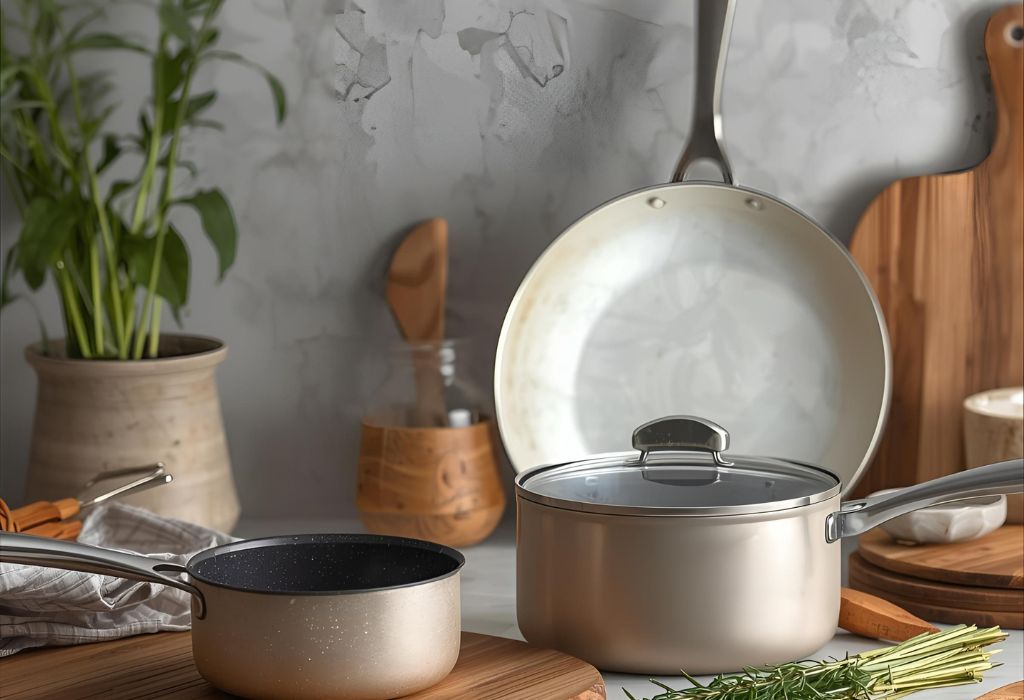
Ceramic cookware has surged in popularity because it promises the balance of safety and convenience that many households seek. For health-conscious cooks, the appeal lies in cooking on a surface marketed as free from PFAS, PFOA, and PTFE, with the added bonus of effortless food release.
One major advantage is heat tolerance. Unlike traditional Teflon coatings that degrade at around 260 °C, ceramic coatings can withstand temperatures up to roughly 370 °C, making them safer for high-heat cooking methods like searing or stir-frying (source).
Cleaning is another benefit. Ceramic’s smooth surface allows food to slide off easily, often requiring little more than warm water and a soft sponge, reducing the need for harsh detergents.
Ceramic cookware is also lightweight compared to cast iron, offering practicality for everyday use. Families who want non-stick cookware without handling heavy pans often turn to ceramic as a convenient solution.
Yet the drawbacks are equally important. Ceramic-coated pans typically have a shorter lifespan than stainless steel or cast iron, with non-stick properties fading after one to two years of frequent use.
Scratching is another critical issue. Once the coating chips or peels, the exposed base material—often aluminum—may come into direct contact with food, raising safety concerns and reducing the cookware’s effectiveness.
Durability also varies widely between brands. A Homes & Gardens review noted that while some ceramic cookware maintained non-stick performance for over two years, others lost their coating within months, underscoring the inconsistency of this category (source).
These mixed results show that ceramic cookware is not a perfect solution. The advantages are clear for short-term, easy cooking, but the disadvantages highlight why the label is all ceramic cookware non toxic cannot guarantee long-term reliability or universal safety.
How to Choose Safe, Truly Non-Toxic Ceramic Cookware
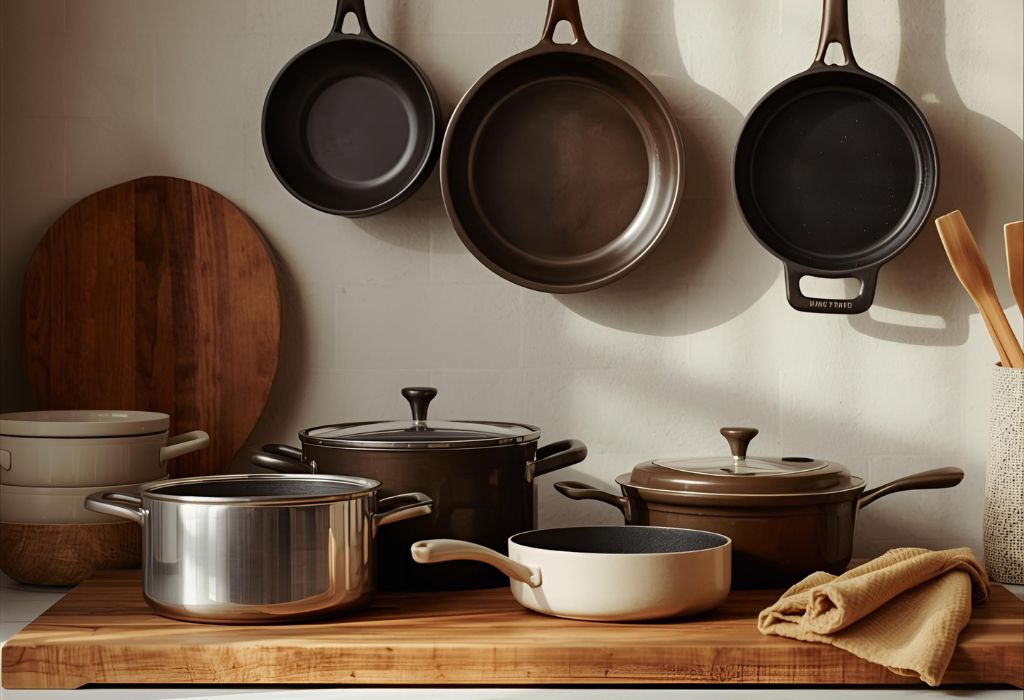
The decision to buy ceramic cookware should not rely on packaging claims alone. Since marketing often blurs the line between pure ceramic and coated products, understanding what to look for is the first step toward choosing truly safe options.
Labels play an essential role in identifying quality. Cookware that clearly states PFAS-free, PFOA-free, and heavy-metal-free provides stronger assurance than generic “non-toxic” wording.
Transparency from brands is equally important. Companies that share third-party testing results or certifications demonstrate greater accountability compared to those that rely solely on advertising buzzwords.
Some brands have built reputations around this transparency. Caraway, GreenPan, and Our Place, for example, highlight their use of PFAS-free ceramic coatings while emphasizing eco-conscious production (source).
Still, independent testing remains the gold standard. Reports have shown that while many ceramic cookware products avoid PTFE, some quasi-ceramic pans contain titanium dioxide or siloxanes that may leach under certain conditions (source).
Price should not be mistaken for safety. Higher-end cookware often offers better durability, but affordability does not automatically mean unsafe, provided that testing and certifications are in place.
For those seeking alternatives, stainless steel, cast iron, and pure ceramic are dependable non-toxic options. Each offers a balance of durability and safety without relying on ambiguous coatings (source).
Ultimately, choosing non-toxic ceramic cookware is about aligning claims with credible proof. Buyers who demand transparency, verify certifications, and compare independent reviews are far more likely to invest in cookware that delivers both safety and performance.
Care & Maintenance Tips to Keep Ceramic Cookware Safe and Durable
Ceramic cookware can live up to its non-toxic reputation only if it is cared for correctly. Poor handling or neglect can shorten its lifespan and potentially compromise safety.
Heat control is the first factor to consider. Ceramic coatings are more resilient than Teflon, but repeated exposure to extreme heat can still weaken the surface and reduce its non-stick performance (source).
Cooking with the right utensils is equally important. Wooden or silicone tools help protect the coating, while metal utensils can scratch or chip the surface and expose the underlying base.
Cleaning practices also influence longevity. Hand-washing with mild soap and warm water is recommended, as dishwashers may use harsh detergents and high heat that erode the coating.
Storage habits play a role in maintaining quality. Stacking ceramic pans without protection can lead to chips, so soft separators or pan dividers should be used to avoid direct contact (source).
Replacing cookware at the right time is part of safe use. Once the ceramic surface becomes visibly scratched, peeling, or loses its non-stick ability, it is better to retire the pan rather than risk contamination.
Regular maintenance ensures not only durability but also health protection. By following basic guidelines, ceramic cookware can remain safe, effective, and a practical choice for non-toxic cooking.
Future Trends in Non-Toxic Cookware
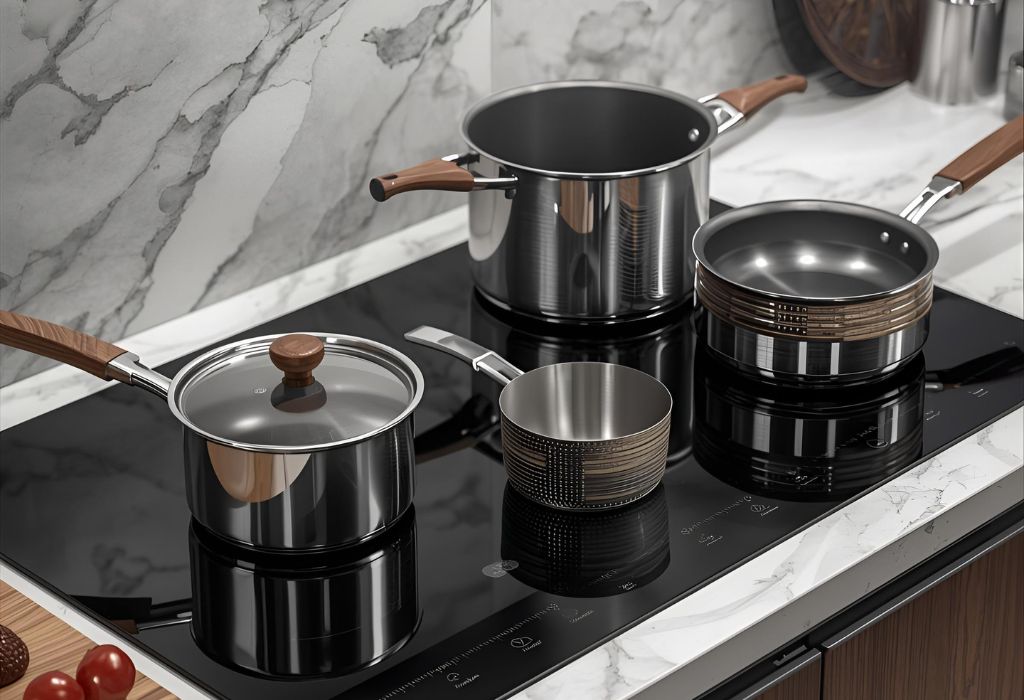
The cookware industry is evolving quickly as consumers demand greater safety, durability, and transparency. Ceramic cookware sits at the center of this shift, promising chemical-free cooking while facing pressure to prove its claims.
One emerging trend is the development of advanced ceramic blends. Manufacturers are experimenting with hybrid coatings and nanoceramic technologies that aim to extend lifespan and resist scratches without relying on questionable additives.
Regulatory scrutiny is also increasing. As public awareness grows, authorities may soon tighten rules around the use of labels like “non-toxic” or “eco-friendly,” reducing the risk of greenwashing and holding brands accountable (source).
Independent testing will likely become a stronger industry standard. More companies are beginning to publish lab results to reassure buyers, and consumer watchdog groups are applying pressure for widespread adoption of this practice.
Transparency is not just a trend but a competitive advantage. Brands that openly disclose materials, testing protocols, and safety certifications are better positioned to earn long-term trust.
Consumer demand is also shifting toward timeless alternatives. Stainless steel, cast iron, and pure ceramic are regaining popularity as reliable, regulation-friendly choices for households seeking proven non-toxic cookware.
Technology is expected to play a role in shaping the future. From AI-driven quality checks to digital tracking of supply chains, innovation will help confirm whether cookware lives up to the non-toxic promise.
These trends suggest that the debate over is all ceramic cookware non toxic will continue, but the future may bring more clarity and safer choices. As innovation and regulation progress, buyers will gain greater confidence in the cookware they bring into their kitchens.
Conclusion
The question is all ceramic cookware non toxic does not have a simple answer. While some products deliver on their promise of safety, others rely on coatings or marketing claims that may not hold up under scrutiny.
Research shows that ceramic cookware offers clear benefits, such as PFAS-free surfaces, higher heat tolerance, and easy cleaning. Yet durability issues, inconsistent testing, and potential exposure to hidden substances highlight why careful selection is essential.
Consumers can protect themselves by looking for cookware with third-party certifications, transparent labeling, and independent safety reports. Choosing products from brands that share testing data builds greater confidence than relying solely on generic “non-toxic” claims.
Alternatives like stainless steel, cast iron, and pure ceramic remain dependable options for those seeking long-lasting, non-toxic cookware. Each provides durability and peace of mind without the uncertainty that sometimes surrounds ceramic coatings.
The safest path forward is to align purchases with facts rather than promises. By demanding transparency and practicing proper care, buyers can enjoy cookware that is both safe and effective.
I’m Emma J. Caldwell, the founder, lead writer, and home-cooking enthusiast behind KitchenGuideCo.com. With a background in culinary arts and over a decade of cooking experience in both professional and personal kitchens, I created this platform to demystify recipes, offer smart kitchen gadget reviews, and guide readers through meal prep with confidence and clarity.

